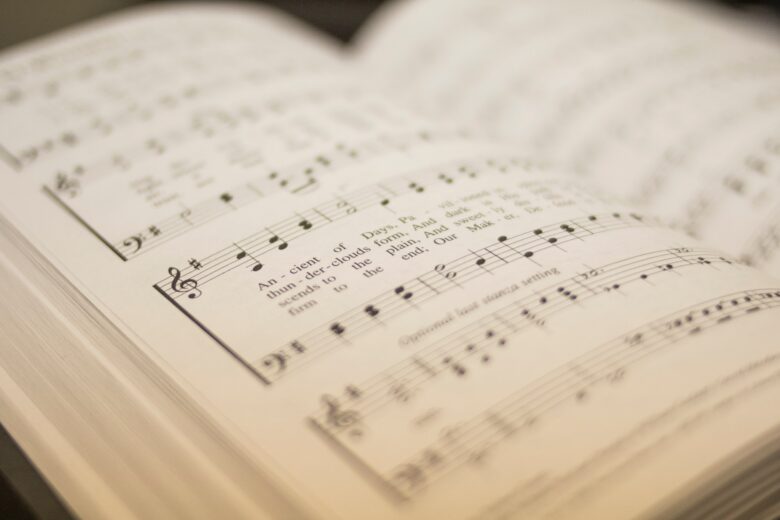Church hymns have been an integral part of religious worship for centuries, serving as a musical bridge between the divine and the congregants. These sacred songs have a rich and diverse history, reflecting the evolving nature of religious expression and the cultural contexts in which they emerged. From humble beginnings to complex compositions, the history of church hymns is a fascinating journey through time.
Early Christian Hymnody
The roots of church hymnody can be traced back to the early Christian communities. In the first few centuries of the Common Era, hymns were often simple chants or melodies sung in gatherings of believers. The focus was on conveying the teachings of the faith through memorable tunes, making them accessible to all.
One of the earliest examples is the “Te Deum,” believed to have been written in the 4th century. This hymn of praise and thanksgiving has stood the test of time, remaining a significant part of liturgical traditions in various Christian denominations.
Medieval Gregorian Chants
As Christianity spread across Europe, the medieval period saw the rise of Gregorian chants. Named after Pope Gregory I, these monophonic, unaccompanied chants were an integral part of the Roman Catholic liturgy. Gregorian chants, characterized by their hauntingly beautiful melodies and solemn tones, were carefully preserved and transmitted through oral tradition.
The Reformation and Hymnals
The Protestant Reformation in the 16th century brought about a shift in the way worship was conducted. Reformers like Martin Luther emphasized congregational participation, leading to the introduction of hymnals in vernacular languages. Luther himself composed numerous hymns, including the famous “A Mighty Fortress Is Our God.” Hymnals became a crucial tool for disseminating religious teachings and fostering a sense of community among believers.
Wesleyan Hymnody and the Methodist Movement
In the 18th century, the Methodist movement, led by John and Charles Wesley, revolutionized hymnody. Charles Wesley, a prolific hymn writer, penned thousands of hymns, many of which are still sung today. The Wesleys sought to create hymns that were both emotionally stirring and doctrinally sound, contributing significantly to the development of hymnody as a powerful form of worship.
The Gospel and Contemporary Christian Music
The 20th century witnessed further evolution in church music with the emergence of gospel music and contemporary Christian music. Gospel hymns, rooted in African American traditions, brought a lively and expressive dimension to worship, while contemporary Christian music introduced a wide range of musical styles, from rock to pop, into the church setting.
Conclusion
The history of church hymns is a testament to the dynamic nature of religious expression and the enduring power of music in worship. From the humble chants of early Christians to the diverse hymnody of today, these sacred songs have played a vital role in shaping the spiritual experiences of believers worldwide. As we continue to sing these hymns, we connect with the past, celebrate the present, and look forward to the harmonious future of worship through music.


